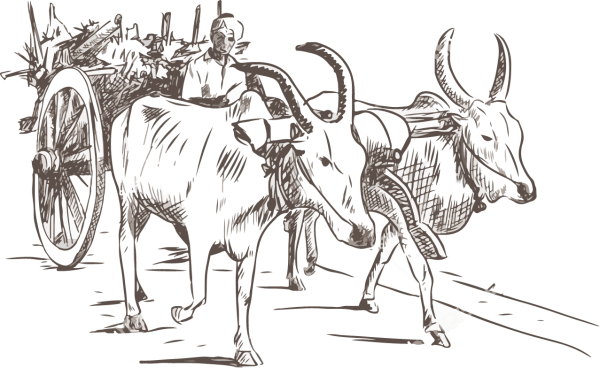Welcome to Aappakadai Chettinad
Our History
Aappakadai was started with the thought of introducing the taste and flavors of Aappam to Northern California, United States. Aappakadai was started with a small team of experienced chefs who are passionate about South Indian Chettinad Food. The recipes of Aappakadai come from the spice racks of the Grandmother. Traditionally, fresh and hot home-made Aappam’ were sold by Aappakadai as a breakfast dish in the streets of Chettinad.
Aappam is a specialty dish from the Chettinad, made of fermented rice flour. Traditionally, Aappam is served with coconut milk. But Aappakadai serves Aappam with various Chettinad spicy dishes like Goat Paaya.
Aappam is most prevalent in Tamil Nadu, Sri Lanka, and Kerala. Belonging to the Sangam period, corresponding to between 100 BC and 100 AD. Aappam (or hoppers in English) first originated in South India. It is similar to a dosa (rice or lentil pancake). Originally, it was prepared from a batter of ground-soaked rice and coconut milk. Aappam can be found throughout India, and sold at restaurants and street vendors known as hopper men. It is just something that seems to be a revolution in the food world.
Explore Our Products
Our Gallery
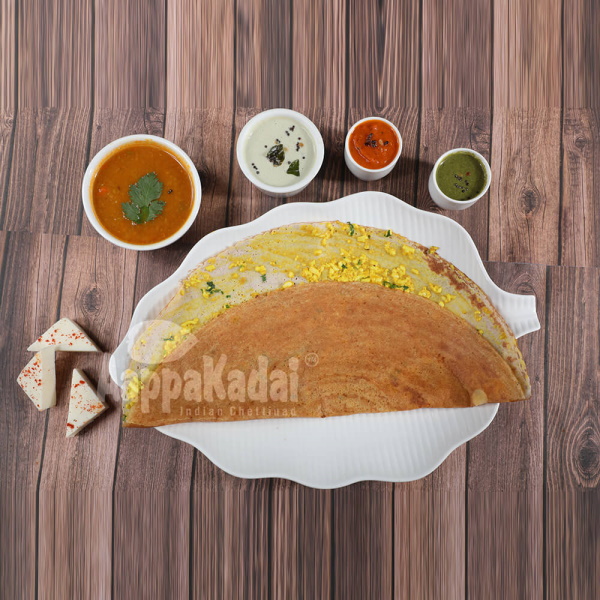
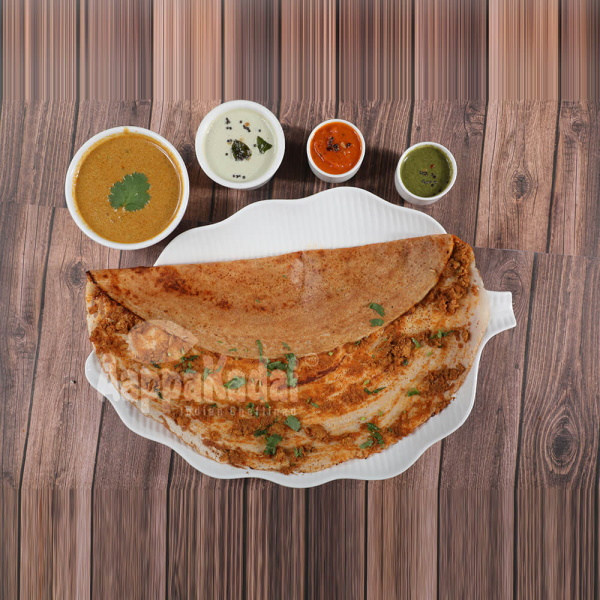
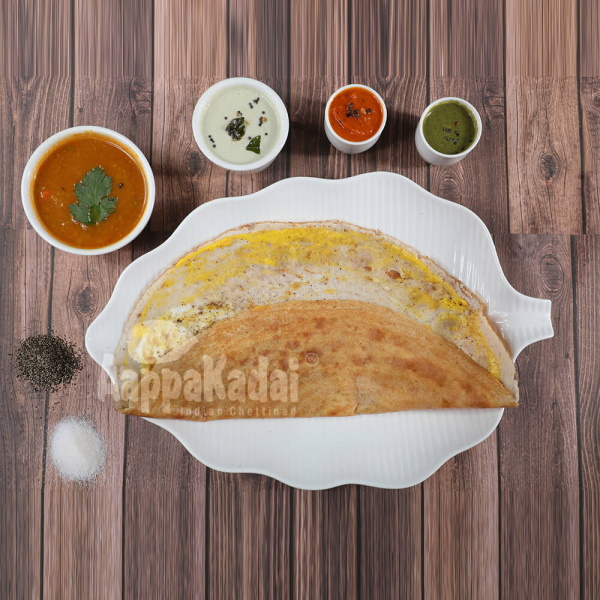
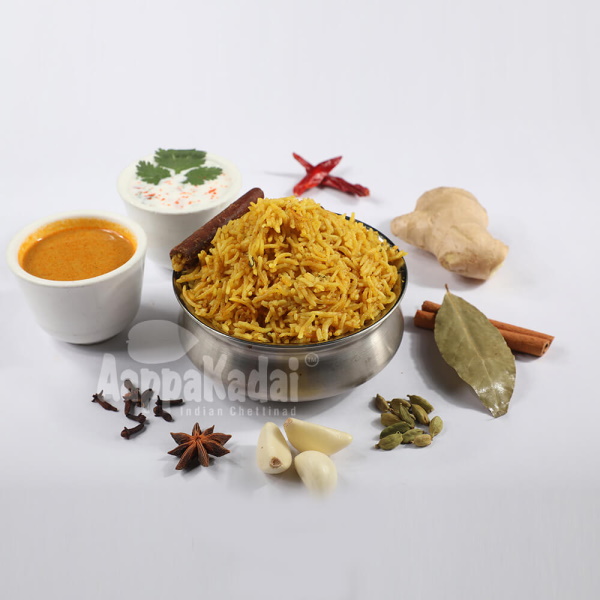
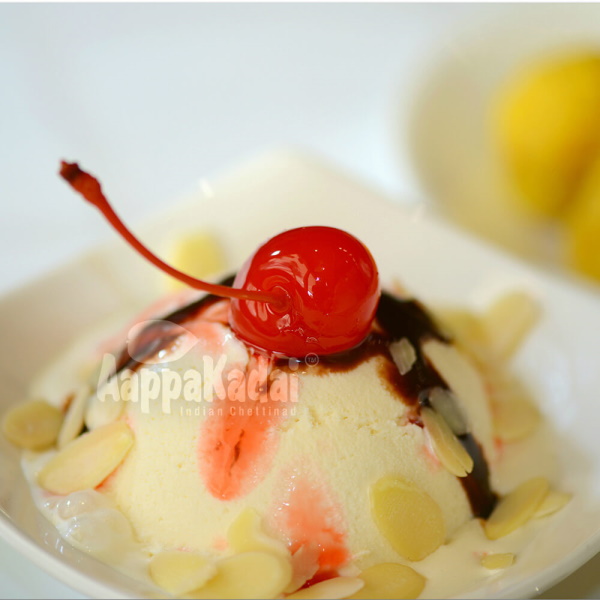
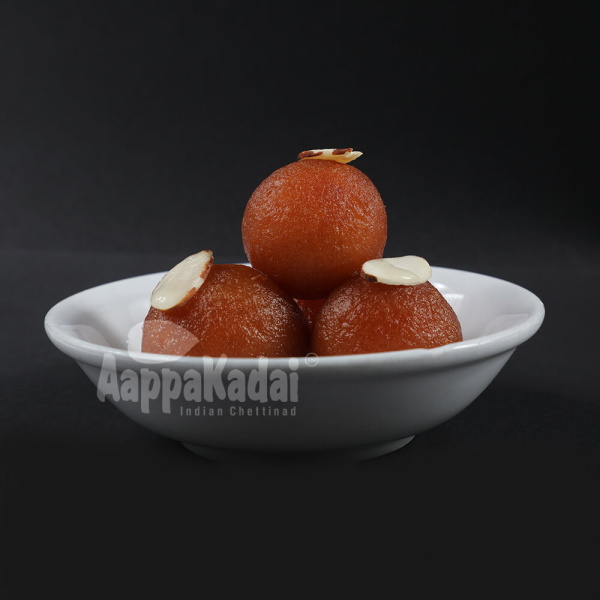
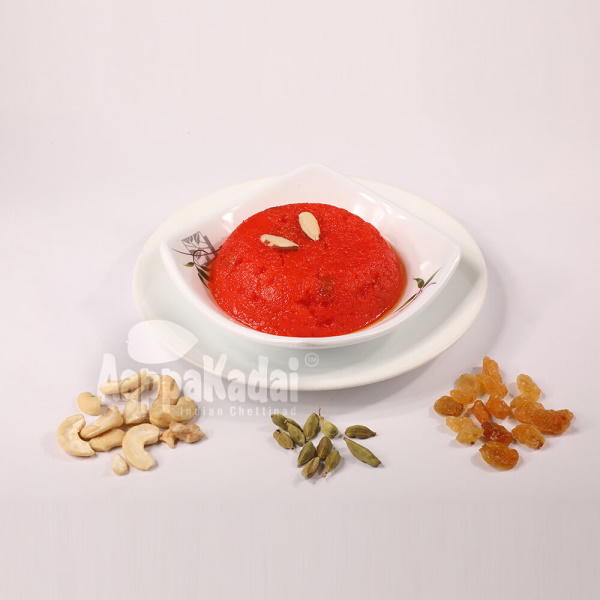
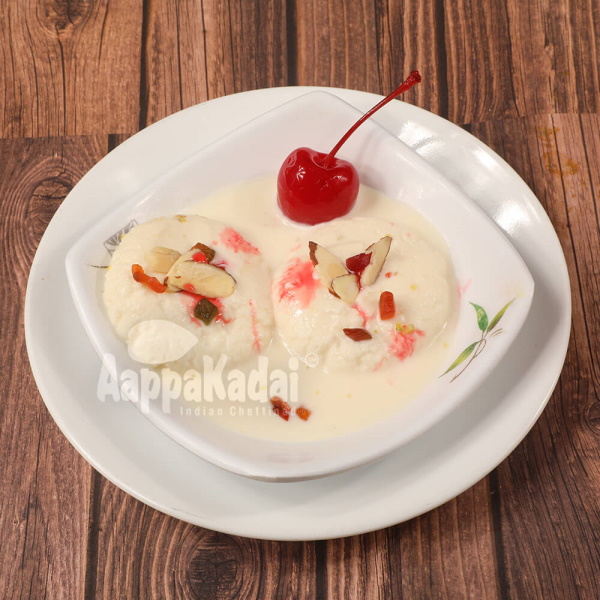
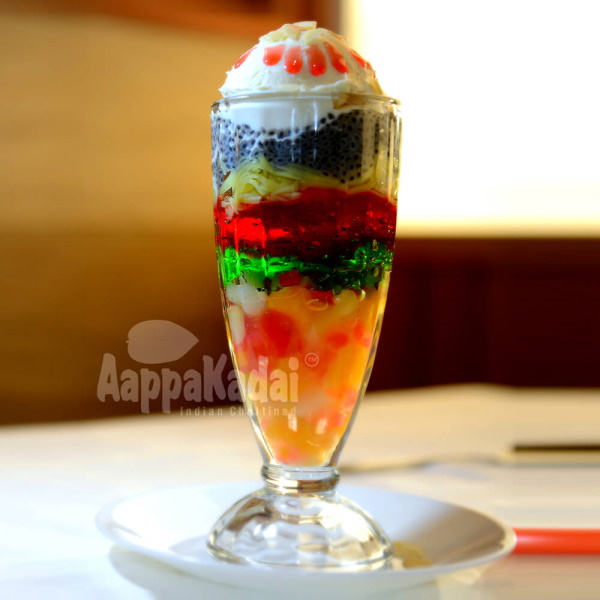
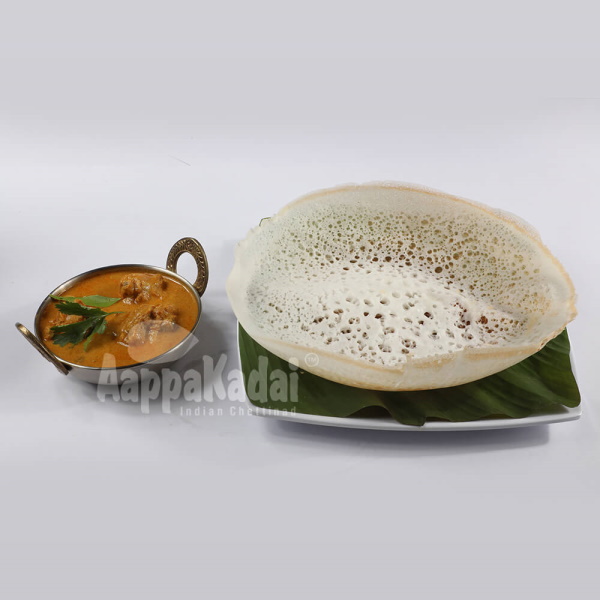
Explore More About Us
The Rich Heritage
As the cradle of some of the most influential civilizations globally, India also has a rich culinary heritage in fermented foods. For fact, Idli and curd have been described as early as almost 600 B.C. One of the oldest of all culinary methods, fermentation, may not be palatable to look at, especially in South India. Yet the simple technique churns out several dishes by enhancing aromas, flavors, and textures.
South India is incredibly rich in various fermented snacks. Fermented rice, or pulse batters, are daily diets in the southern states - whether it is dosas, idlis, or aappams.
